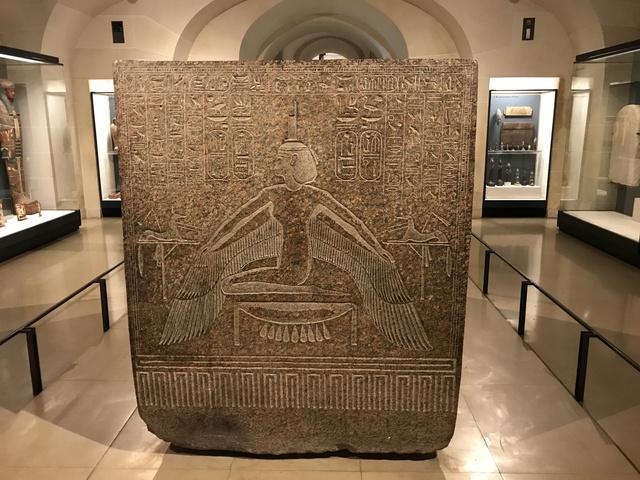Louvre
Don't miss anything
Sarcophagus Ramses III
This red granite box once contained the same coffin of Pharaoh Ramses III.
The decoration of this monolithic block is organized around the great winged figure of Isis at the feet of the deceased and that of Nephthys at its head. Both long sides are recorded with scenes taken from the 'Book of Hidden Cameras' (the Amduat). The decoration begins near the figure of Nephthys on the head of the king, with the seventh hour of the Amduat along the right side (looking from the head to the feet), and continuing with the eighth hour along the left side. Around the base of the coffin is the motif of the facade of the palace - a relic of sarcophagi of the Old Kingdom.
As the pharaoh was associated with the sun god and his dangerous journey through the night, the royal tomb presented representations of this recurring event. The Egyptians imagine the sun traveling underground in a boat during the twelve hours of the night. The night sun was represented as a man with the head of a ram. Each hour, that is, each stage of his day, was marked by a particular event. For example, in the seventh hour, an evil snake from Egypt tries to stop the sun in its race. The sun-god is portrayed armed with knives to destroy it.
The left side represents the eighth hour: the creatures of the underworld are represented in the lower register. After the New Kingdom, some of these texts (especially the Amduat) were also used for the benefit of the priests and soldiers who were at the peak of their influence at that time.




